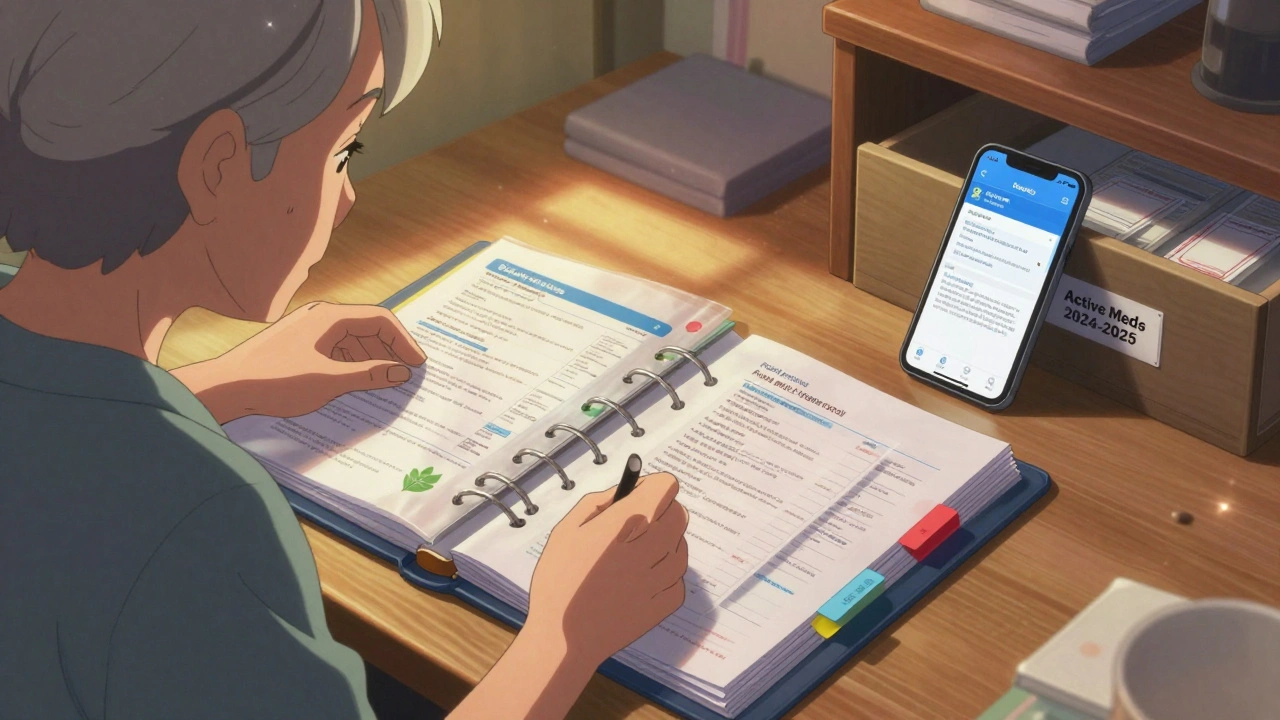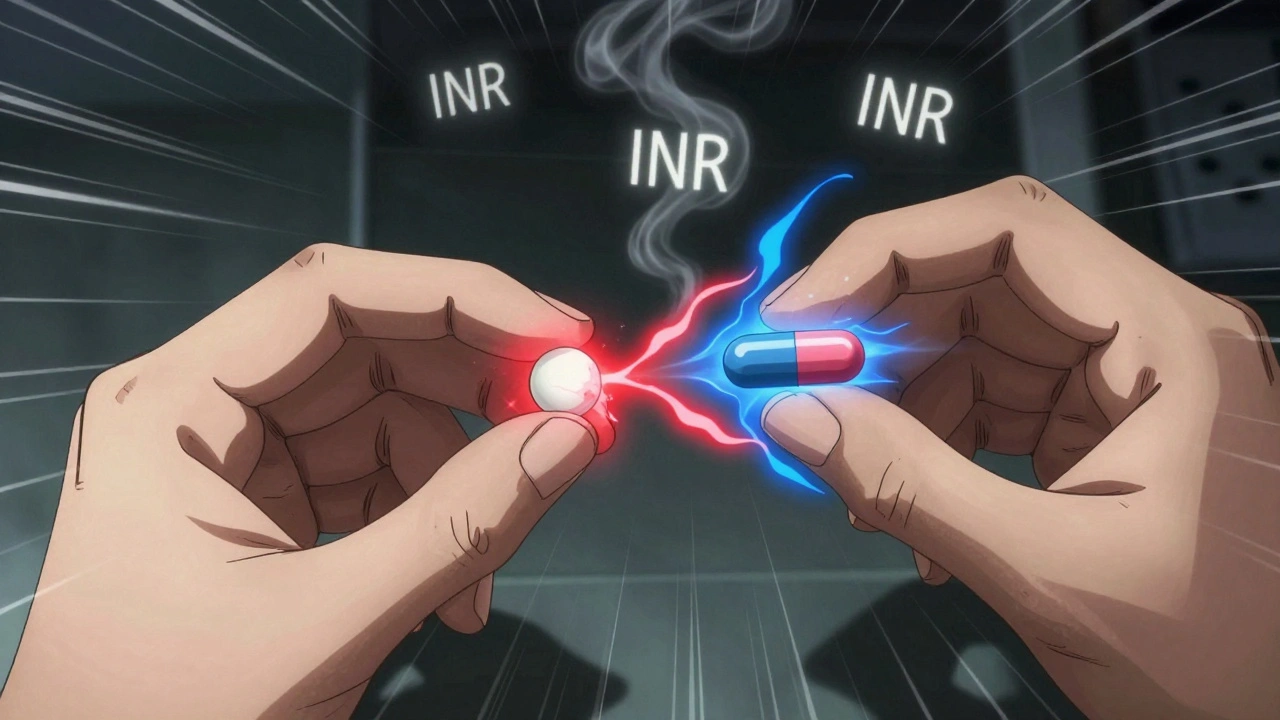Dental care: simple, practical tips for healthy teeth and gums
You probably brush every day, but most people miss the spots that cause cavities and gum problems. Small changes—better technique, the right tools, and a few diet swaps—stop trouble before it starts. These tips are easy to use and meant for real life, not just ideal habits.
Daily routine that actually works
Brush twice a day for two minutes, yes—but do it this way: hold your brush at a 45-degree angle to the gum line and move in short, gentle strokes. Don’t scrub hard; you can wear enamel away. Electric brushes help if you rush or have limited mobility. Replace your brush or head every three months or when bristles fray.
Floss once a day. If string floss is awkward, try floss picks or interdental brushes. The goal is to remove the film between teeth where a brush can’t reach. If your gums bleed at first, keep at it—gentle flossing reduces inflammation over a week or two. If bleeding continues, see a dentist.
Use a fluoride toothpaste to strengthen enamel and reduce cavities. Mouthwash can help, but it’s not a replacement for brushing and flossing. Pick a mouthwash with fluoride or antiseptic ingredients if you want extra protection against decay and bad breath.
Small habits with big payoff
Cut down on frequent snacking. Sugar and starch feed the bacteria that cause decay. Swap sugary drinks for water and chew sugar-free gum after meals to boost saliva, which helps neutralize acids. If you smoke or vape, know it raises risk of gum disease and delays healing—quitting helps your mouth fast.
Watch for sensitivity and pain. Sudden tooth pain, persistent bad breath, swollen gums, or loose teeth are signs you shouldn’t ignore. A quick visit to the dentist can stop a minor problem from becoming an expensive, painful one.
If you grind your teeth at night, ask about a night guard. Grinding wears down enamel and can cause jaw pain and headaches. For dry mouth (common with some meds), sip water, chew sugar-free gum, and talk to your doctor about alternatives—dry mouths raise cavity risk.
Kids need practical rules: start brushing as soon as the first tooth appears, use a smear of fluoride toothpaste for toddlers, and supervise brushing until about age 7–8. Make dental visits routine, not scary—early positive visits set habits for life.
Find a dentist you trust and schedule regular check-ups—usually every six months but follow your dentist’s advice. If cost or access is an issue, look for community clinics, dental schools, or low-cost programs in your area. A quick visit can save you time and money down the road.
Want more specific guides on treatments, tooth sensitivity, or medication effects on your mouth? Check our site for detailed articles and reviews to help you pick the right products and providers.
How to Choose the Right Dentist for Your Toothache
Choosing the right dentist for treating your toothache can be a daunting task. It's crucial to consider aspects such as the dentist's qualifications, experience, and reputation. Make sure the dentist is using the latest technology and follows proper hygiene standards. It's also important to feel comfortable and have open communication with the dentist. Lastly, consider factors like location, office hours, and affordability.






